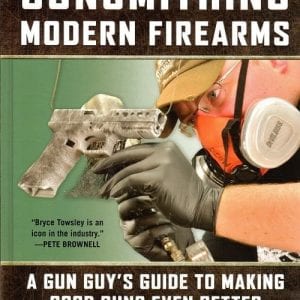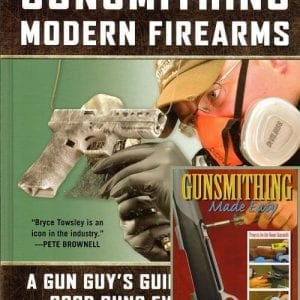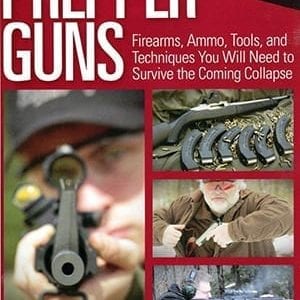Pound for pound, I don’t think there is a tougher animal in North America than the nilgai. Well, at least when it comes to fighting off bullets. Give them a few days of cold, wet weather and they fold up like a cheap lawn chair.
But hit them solid with a high power rifle and they laugh! At least it seems that way. They can soak up bullets like ballistic gelatin. Exit wounds are hard to come by and they can run for miles with a lethal hit. No exit wounds means little or no blood trail. Finding a wounded bull can be tough. So if you hunt nilgai, follow the posthumous words of Robert Ruark and “Use Enough Gun!”
As an aside, I once wrote that line in a magazine article and an idiot editor rewrote the sentence until it was gibberish. He argued that dead guys can’t write or have an opinion. I pointed out the book with that title was published after Ruark’s liver disintegrated into bloody Jell-O and ended the career of one of the greats. His only reply was “Oh, I didn’t think of that!” I guess that’s why he is no longer an editor.
You also want to use a very good bullet for nilgai. We were using rifles chambered for .300 Winchester and pushing a 190-grain Barnes bullet. I am proud that Barnes is a sponsor of this page as I like being associated with the best. Given a choice I would always pick their bullets for any big game hunt and particularly for nilgai. I know that sounds like a shameless plug for a sponsor, but it’s true and I make no apologies. I am a bullet junkie and I have spent more time in bloody ribcages digging for bullets than I care to admit. There are a lot of good bullets on the market today, but none better than the Barnes.
A very big bull nilgai will weigh about 700 pounds, but they stop bullets like they are twice that size. I am a big believer in two holes from every shot and with a lot of damage between them. If any bullet is going to exit, it’s a Barnes.
We were using the new Tracking Point rifles and scopes. While now in its infancy, this technology will change the world of long range shooting. It measures the distance to the target when you place a “tag” on the spot you want to hit. It then follows that tag, constantly updating the distance and other information. It makes internal adjustments to accommodate for the distance so that you simply line up the crosshairs with the tag and pull the trigger to fire. The gun must be lined up with the tag to fire, so you can’t make a mistake. Tracking Point has done extensive ballistic profiling with each of the loads using Doppler radar and firing as many as 10,000 rounds for each load, so the info for drop is exact. You can read my in-depth reports in upcoming articles in NRA’s American Rifleman and Shooting Illustrated magazines.
For a winter bound Vermonter sick of snow and cold, South Texas is the Promised Land. Not just for the hunting, but for the food. We had a fifty-something Mexican brother and sister couple who didn’t speak a word of English doing the cooking in camp run by LG Outfitters. At every meal, I ate until I had to waddle back to my cabin. In the end, I headed to the airport with pants that didn’t fit, but I don’t care. Forget Taco Bell, you have not had true Mexican food until you have it in a hunting camp, prepared by a Mexican cook, the meat over an open fire.
The short-term future of hunting nilgai is in question as an extended drought has South Texas in its nasty grip. That stresses the animals and when a cold snap moves in they can’t cope. We found a lot of dead nilgai that never came near a bullet. But if the rains come (and they always do) and you are looking for a mid-winter hunt next year, look into nilgai. They are tough, smart and very spooky. Bring a powerful rifle and a big cooler. While the nilgai is not a particularly impressive trophy in terms of horns, the meat is outstanding. It’s even better when a wonderful Mexican lady cooks it for you!



